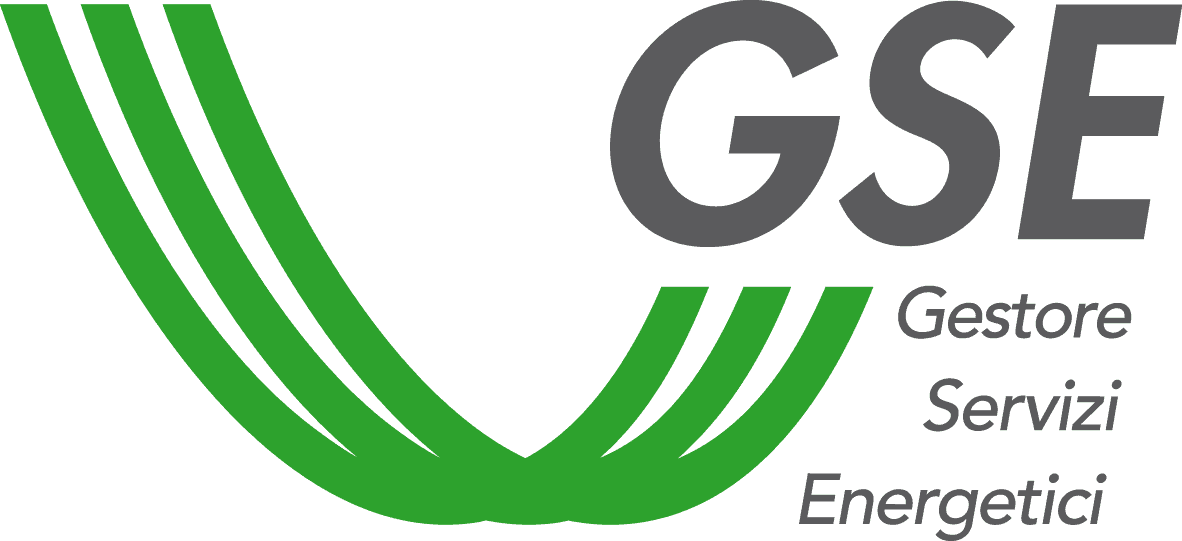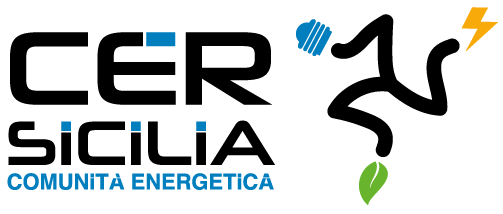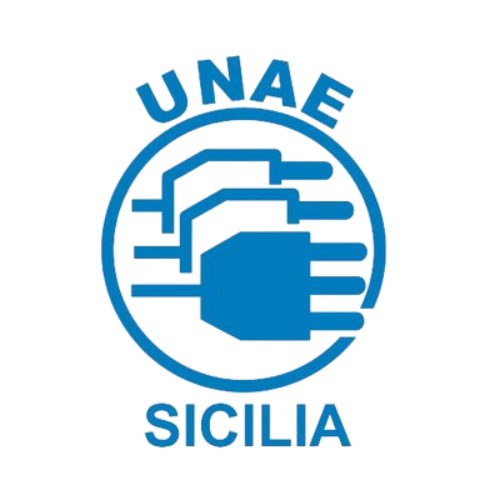Industrial Photovoltaic Systems:
Efficient Solution for Companies
MV/LV Maintenance
Industrial photovoltaic systems are a strategic solution for companies wishing to significantly reduce energy costs and improve corporate sustainability. Solar power generation not only lowers dependence on the traditional power grid, but also provides access to advantageous tax incentives. Investing in photovoltaics means optimizing consumption, increasing competitiveness and actively contributing to the ecological transition.
Advantages of Photovoltaics for Businesses
Choosing an industrial photovoltaic system offers concrete benefits:
Incentives and Facilities for Installation.
Businesses that invest in photovoltaics can take advantage of specific facilities:
- Tax credit for green investments, with deduction up to 50 percent.
- Tax deductions for the implementation of high-efficiency systems.
- Incentive tariffs for energy production, thanks to state and regional programs.
- Facilitated financing for enterprises adopting sustainable energy solutions
Regulations vary by region and plant capacity. A professional analysis allows you to
access the best opportunities available.
FAQ: Frequently Asked Questions about Industrial Photovoltaic Systems
Differences between solar panels and photovoltaic panels
Types and Operation of Photovoltaics
Space and Sizing
Contact us for a Free Consultation
Want to reduce your company's energy costs and invest in an industrial photovoltaic system? Contact us today for a tailored consultation and learn about all the opportunities available for your business!
- LEGAL HEAD OFFICE: Via Dei Giardini No. 3 95016 Mascali (CT)
- ADMINISTRATIVE OFFICES: Corso Lombardia No. 15 95014 Giarre (CT)
- OPERATIONAL HEADQUARTERS: Corso Matteotti No. 41 95014 Giarre (CT)
- Management: Tel +39 366 391 4234
direzione@magmasolar.it
Fields marked with an asterisk (*) are required.



